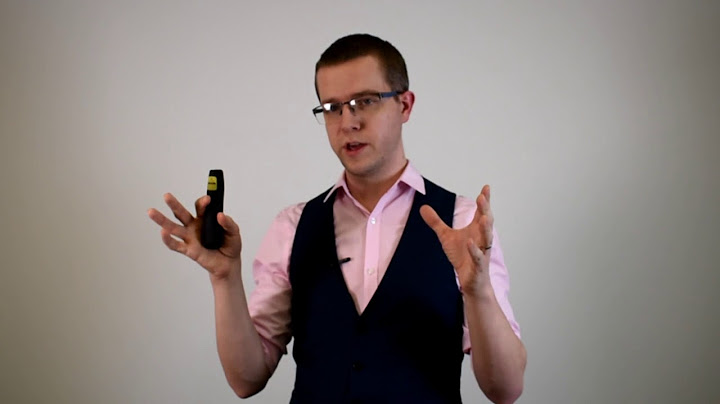What is intermodal perception?Intermodal perception (also called intersensory or multimodal perception) is the perception of unitary objects or events that make information simultaneously available to more than one sense.
Which of the following is an example of intermodal perception?An example of intermodal perception would be being able to see, taste, smell, feel, and hear yourself taking a big bite out of an apple.
What do researchers believe about intermodal perception?Scientists have discovered that even young infants are skilled at perceiving amodal information, that intermodal perception improves across the first year of life, and that it develops in order of increasing specificity, with global information detected developmentally prior to more specific levels of stimulation, ...
What is intermodal perception quizlet?Intermodal Perception. Integrating information from multiple senses to make sense of events in the environment.
|

zusammenhängende Posts
Werbung
NEUESTEN NACHRICHTEN
Werbung
Populer
Werbung

Urheberrechte © © 2024 decemle Inc.



















